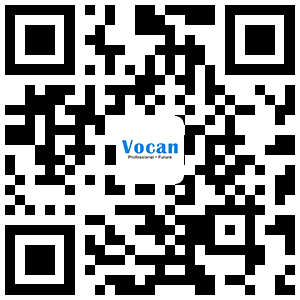What are the functions and functions of the crystal oscillator?
In the application of the crystal oscillator, the clock source of the microcontroller can be divided into two types: the clock source based on the mechanical resonance device, such as the crystal oscillator, the ceramic resonant slot Road, and the RC (resistance, capacitance) oscillator. One is the Pearce oscillator configuration, which is suitable for crystal oscillator and ceramic resonant tank. The other is a simple discrete RC oscillator. Oscillators based on crystal oscillator and ceramic resonant channel usually provide very high initial accuracy and low temperature coefficient. The RC oscillator can be started quickly, and the cost is low, but the precision is generally poor within the range of the whole temperature and the power supply voltage, which changes within the range of 5% to 50% of the nominal output frequency. But its performance is influenced by the choice of environmental conditions and circuit elements. The component selection and circuit board layout of oscillator circuit should be taken seriously.
When used, the ceramic resonant tank and the corresponding load capacitance must be optimized according to the specific logic series. Crystal oscillator with high Q value is not sensitive to the choice of amplifier, but it is prone to generate frequency drift (or even damage) when overdrive. The environmental factors that affect the oscillator work include electromagnetic interference (EMI), mechanical shock and shock, humidity and temperature. These factors will increase the frequency of the output, increase the instability, and in some cases will cause the oscillator to stop.
Most of the above problems can be avoided by using the oscillator module. These modules have oscillators, provide low resistance square wave output, and can guarantee operation under certain conditions. The two commonly used types are crystal oscillator modules and integrated RC oscillators (silicon oscillators). The crystal oscillator module provides the same accuracy as discrete crystal oscillator. Silicon oscillators are more accurate than discrete RC oscillators. In most cases, they can provide comparable accuracy with ceramic resonant channels.
The power consumption should be considered when selecting the oscillator. The power consumption of the discrete oscillator is mainly determined by the power supply current of the feedback amplifier and the capacitance value inside the circuit. The power consumption of the CMOS amplifier is directly proportional to the working frequency and can be expressed as the power dissipation capacitance value. For example, the power dissipation capacitance of the HC04 inverter circuit is 90pF. When working under 4MHz and 5V power supply, it is equivalent to 1.8mA power supply current. Coupled with the load capacitance of the 20pF crystal oscillator, the entire power supply current is 2.2mA. Ceramic resonant slot generally has larger load capacitance, and more current is needed. In contrast, the crystal oscillator module generally requires a power supply current of 10mA~60mA. The power supply current of a silicon oscillator depends on its type and function, ranging from several micro amps of low frequency (fixed) devices to several milli amps of programmable devices. A low power silicon oscillator, such as MAX7375, operates at 4MHz with less than 2mA current. To optimize clock sources in specific applications, we need to take into account the following factors: accuracy, cost, power consumption and environmental requirements.


 WeChat public number
WeChat public number
 Mobile web site
Mobile web site